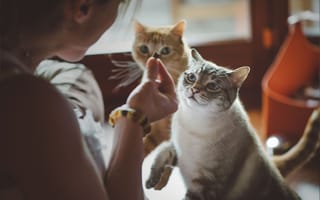Inside Rover’s office, where dogs reign supreme, product manager Tiffany Lin is known as the cat lady.
She bears the nickname proudly and even has a cat mask on her desk to commemorate it. It’s not that Lin doesn’t like dogs — in her words, she’s an equal-opportunity pet lover — it’s because she was responsible for launching Rover’s cat care feature.
That’s notable because Rover built its entire company around dog care, to the point that it trademarked the motto, “The dog people.” Adding cat care would mean rethinking the entire brand. If they did it right, however, it could let Rover reach the 47 million Americans who own cats.
It all started with a simple observation.

Dog type: cat
Rover launched in 2011 as a marketplace that connected dog owners to a network of dog sitters and walkers. The company aimed to provide an alternative to kennel care, billing itself as an option for people who treat their dogs like family.
Its marketing strategy included images of adorable puppies, blog posts about how to take care of dogs and product features designed to help owners find the best and most appropriate care for their pups. On its platform, users could create profiles for their dogs, specify care instructions and search for the best caretaker in their neighborhood based on reviews from other users.
That devotion to dogs helped the company grow from its humble Seattle origins to an international company with a valuation of $970 million.
As we took a step back and thought about opportunities to grow and scale Rover, [those cat posts] came out as something we were interested in exploring more.”
But last year, Lin and her coworkers on the business analyst team started to notice a curious trend popping up in their data sweeps: Cat owners had started filling out their profiles in creative ways to request care for their cats.
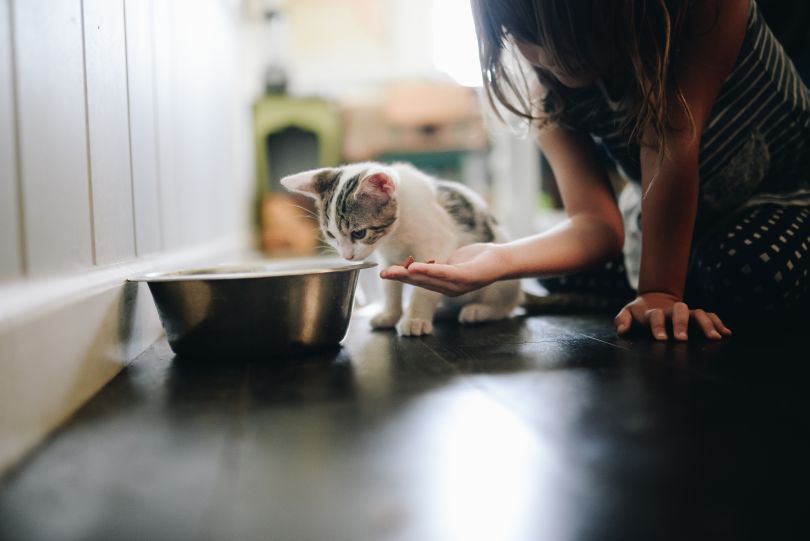
Some would use the name field to indicate in all caps that their pet was a cat, while others spelled that information out in the care instructions, Lin said. Eventually, the chorus of cat owners on the platform had grown too loud to ignore.
“As we took a step back and thought about opportunities to grow and scale Rover, [those cat posts] came out as something we were interested in exploring more,” Lin said.
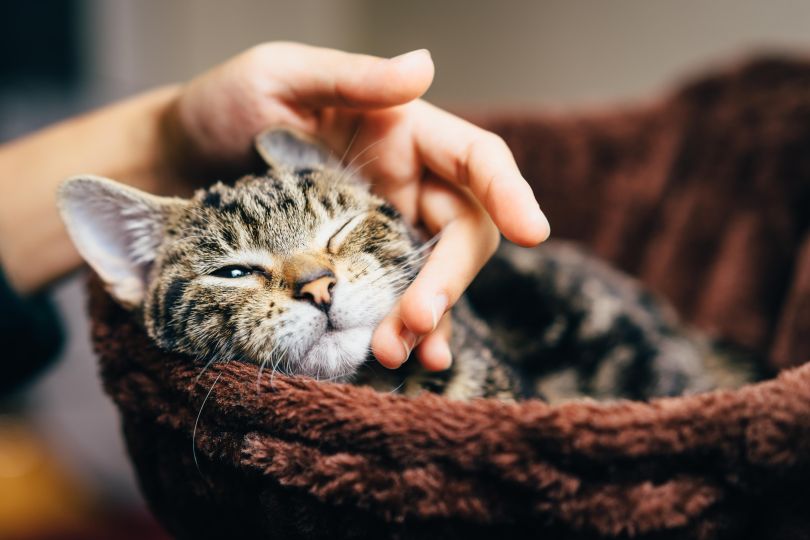
Cats get lonely, too
Before Rover could build a cat care service onto its platform, it had to know — would enough cat owners care?
To gauge that interest, Lin and the incubations team — an agile product and engineering team that tests ideas conducted surveys of pet owners and of its current users. It turned out that cat owners weren’t all that different from dog owners.
“There was this general misconception that cats are easier to handle and you could leave them alone,” Lin said. “But cat owners had the same concerns as dog owners. They wanted someone who could check on their cat at least once a day, if not more.”
Rover then conducted a market-sizing exercise to get a sense of how large its user base would be if it added a cat feature. The study revealed a huge potential market that included not just individual dog and cat owners but people who owned both, Lin said. In fact, 47.1 million people own cats, according to the latest APPA National Pet Owners Survey.
There was this general misconception that cats are easier to handle and you could leave them alone.”
But numbers aren’t enough to green-light a product at Rover. The company is equal parts data-driven and test-and-learn driven. With the market data in hand, the incubations team created a minimum viable cat product that included the ability to create a cat profile and to search for cat sitters. They then ran a beta test to measure just how much impact it would have on the company.
In three months, the company added more than $4 million in cat-specific billing — a number that took Rover almost two years to hit in its early days. It became clear that pet owners wanted a cat product, and Rover planned to give it to them.
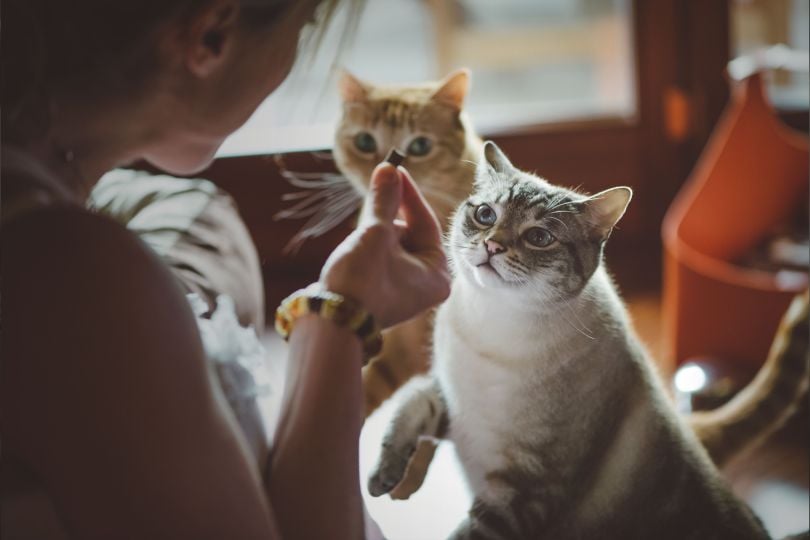
The dog pet people
At this point, the signal was too loud to ignore. Lin transitioned to a new role as product manager on the adjacencies team to help the company take it to the next level.
This included working with the marketing team to figure out how to market it, a tricky task for all involved.
Every inch of Rover’s website and branding collateral was covered with dogs. Its blog featured photos of very good dogs and stories written by and for dog people. Even inside the office, dogs ruled, with nearly 50 pups roaming its hallways on a given day.
Lin met with the marketing team several times to figure out how to align cats with Rover’s dog-centric brand. They thought about creating an entirely new web page, but the resources required to reproduce its website for cats was too high, and ran the risk of dividing its user base.
We were able to create a new homepage design that uses pet neutral language to convey that we’re here for dogs and cats.”
Instead, their conversations turned to how cats and dogs, mortal enemies from the dawn of time, could co-exist. The team decided Rover could no longer be just the dog people, they had to become “pet” people.
“We were able to create a new homepage design that uses pet neutral language to convey that we’re here for dogs and cats,” Lin said.
They added photos of cats on its home page, rewrote website copy in pet-neutral language and created blog posts that addressed some of the questions and concerns that cat owners might have. They even came up with a new motto: “Local, loving pet care.”
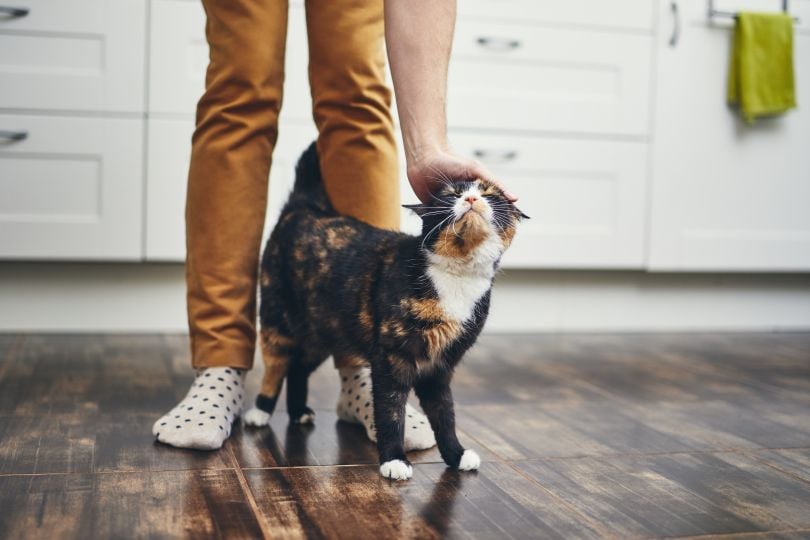
The cat frontier
Rover announced its cat feature in April, but that doesn’t mean the product is done evolving.
Currently, users can log into Rover and check a box that indicates whether you need cat services, dog services or both, and gives them the ability to search and book a sitter for their respective pets. The beta testing and user research proved that cats and dogs could co-exist on the same page, Lin said.
To scale the product, Lin is working with the company’s team dedicated to growth initiatives to think through ways Rover could layer cat features into its core product. This requires a combination of user feedback and hypothesizing.
I’m just excited to get this product out to more people and bring some awareness to the fact that Rover can serve cat owners.”
Lin routinely goes through the product, imagining herself as a cat owner to identify potential issues and prioritize features. The next feature she’s identified is a pricing scale for cat owners with multiple cats.
“I’m just excited to get this product out to more people and bring some awareness to the fact that Rover can serve cat owners,” Lin said.
After all, if cats are key to taking Rover to the next level, Lin is proud to be known as the cat lady.

